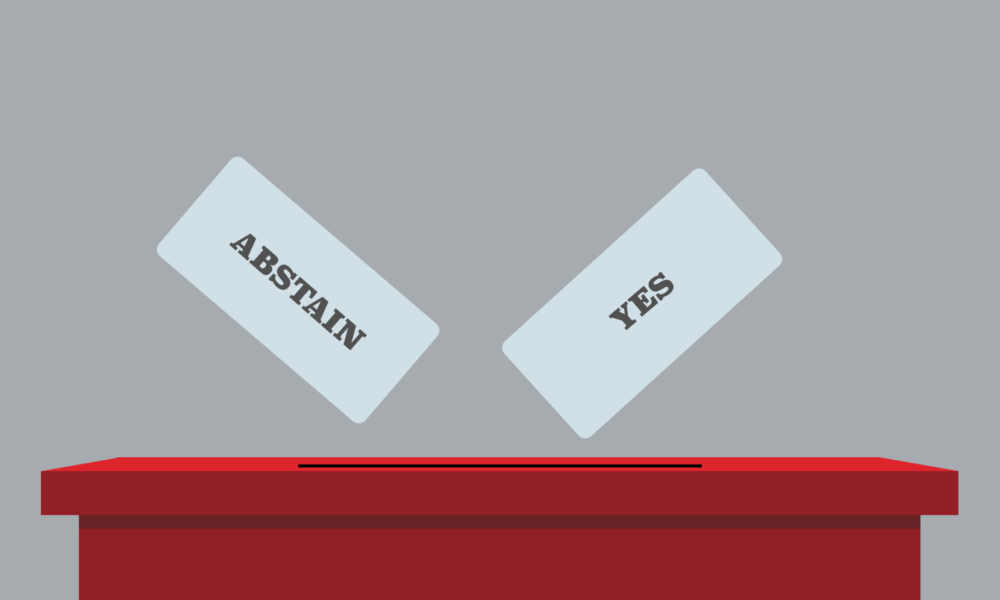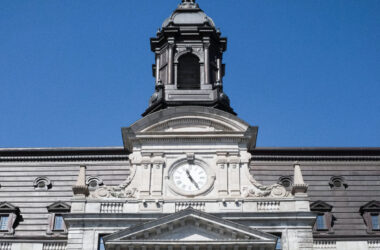In advance of the upcoming election, Canadians are haunted by a seemingly innocent quandary—do term limits break democracy? But let’s start with a different question, one you probably know the answer to: How long can any given Canadian prime minister govern? If you answered, “Until they’re voted out or resign,” you’re correct. This flexibility, with no term limits for the prime minister, is an underrated feature of the Canadian democratic system—one that other countries could learn from. Unfortunately, term limits for elected officials can actually harm democracy by restricting voter choice and making politicians less accountable in their final term.
Since the formation of the confederation, Canada has had 30 prime ministries—although only 24 individuals have held the position. Our current Prime Minister, Mark Carney, has only been in office for a handful of weeks, but others have stayed in power for much longer. William Lyon Mackenzie King, for example, sat three separate terms between 1921 and 1948, totalling over 21 years in office. Likewise, Sir John A. Macdonald, Sir Wilfrid Laurier, and Pierre Elliott Trudeau each spent over 15 years as prime minister.
Should we be concerned that these extended terms signal a frail Canadian democracy? Other nations would be. The United States, for example, implemented a term limit for the presidency in 1951, following the end of Franklin Delano Roosevelt’s 12-year presidency, the longest in United States history. Meanwhile, Mexico banned reelection entirely in 1933, with presidents only being permitted to serve a single six-year term each. Even France bowed to the trend in 2008, limiting the president to two consecutive terms with a constitutional limit, as is the case in the U.S.
Now, Canadians have started to wonder if term limits for prime ministers would be a good idea. In a 2019 poll, 54 per cent of respondents believed term limits to be necessary for elected officials. Some have even proposed that Canada follow the U.S.’s example and adopt its own term-limit policy.
Proponents argue that term limits prevent dangerous executive branch takeovers in the style of many historical and current despots. Clear limits stop leaders from rule-lawyering their way into reigns of arbitrary length, calling sham elections without the slightest shift in power—obviously, an outcome every democratic country wants to avoid.
But term limits are a poor way to thwart it. They’re like locking a cookie jar and assuming that, without limits, people would just keep taking cookies until they’re sick. While this might work on an unruly kid, it’s not a fair approach for a country of responsible adults. When lawmakers impose term limits, they’re essentially saying they know better than the voters. But in many cases, a leader serving two consecutive terms may not be a sign of power-hungry behaviour—it could just mean that the leader is genuinely popular and doing a good job, earning the continued support of the people.
Furthermore, once a politician is elected for the last time, all concerns about the will of the people vanish. After all, if the politician has no chance of being elected again anyway, why should they try to please the voters? Term limits encourage this lack of accountability by placing the leader in a situation where no action they take—short of perhaps breaking the law—will cause them to lose power. With nothing to lose, they might feel entitled to take unpopular actions without suffering any consequences.
When the laws and constitutions implement no term restrictions, the only real limit on politicians’ terms is how much voters like them. And voters know what they want. Just ask William Lyon Mackenzie King, who was voted out of office not once, but twice! Given a baseline level of democracy, voters can always kick unpopular candidates out of office. But in Canada, they are trusted, as reasonable adults, to dip their fingers into the cookie jar as many times as they like.









